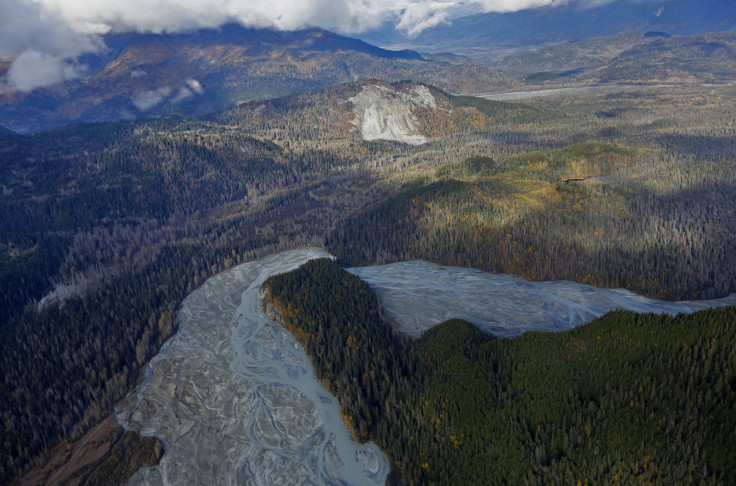Climate Change News: Why North American Forests Can’t Combat Greenhouse Effect

Forests make up a third of the land mass in the United States with woodlands accounting for 751 million acres. From an environmental standpoint, the abundance of trees is good news, as they are believed to play a role in offsetting climate change by removing carbon dioxide from the air and emitting oxygen. But a new study from researchers at the University of Arizona (UA) in Tucson found that North American forests may not have a long-lasting, positive impact on climate change.
The scientists, who published their findings in the journal Ecology Letters, looked at how tree growth in the country changed in response to climate change. The team used over two million historic tree-ring measurements from 1900 to 1950 to observe how trees grow and response to various weather and climate changes. These figures, coupled with data from the International Panel for Climate change, allowed the researchers to make projections for forest growth for the second half of this century.
"We then looked at how the growth of those trees changed historically under various past climates and used that to predict how they will grow in the future across the continent all the way from Mexico to Alaska," said the study's first author, Noah Charney, a postdoctoral research associate in UA's Department of Ecology and Evolutionary Biology, in a university release.
One major finding from the simulation was the lack of corroboration for the boreal greening effect — the idea that the warming of high altitude regions, where temperatures are typically colder and growth of trees are restrained, will result in a growth in greens that can absorb more carbon dioxide from the air.
"Many previous climate modeling studies counted on the boreal forests to save us from the climatic disaster by offsetting our emissions, but we don't see any greening in our results," said Valerie Trouet, an associate professor in the UA's Laboratory of Tree-Ring Research (LTRR). "Instead, we see browning. The positive influence that warmer temperatures are believed to have on boreal forests, we don't see that at all."
The researchers also found that forest growth rates will significantly decline, especially in the interior West where the outlook estimates a 75 percent drop in growth. Few regions saw a spike in growth but they were primarily limited to coastal areas in the Pacific Northwest, Northeastern Quebec, Florida panhandle and the Maritime Provinces.
The findings of this study suggest that the tipping point of forest is near and can arrive as early as 2050, say the researchers. Forests are evolutionarily unequipped for changing temperatures and the drop in growth will only further accentuate the problem by creating a vicious cycle.
"There is a critical and potentially detrimental feedback loop going on here," said Charney. "When the growth rate of trees slows down in response to environmental stressors such as cold or drought, they can get by for a few years, but over time they deplete their resources and are much more susceptible to additional stressors, such as damage by fire or a big drought or insect outbreaks. Year after year of slow growth therefore means forests become less and less resilient."
While forests and trees are currently a resource in fighting global warming, the team of researchers warn they can quickly add to the growing problem.
"It's like a thermostat gone bad," said senior author Margaret Evans, an assistant research professor in the LTRR and the Department of Ecology and Evolutionary Biology. "Forests act as a carbon sink by taking carbon dioxide out of atmosphere, but the more the climate is warming, the slower the trees are growing, the less carbon they suck up, the faster the climate is changing."
© Copyright IBTimes 2024. All rights reserved.





















